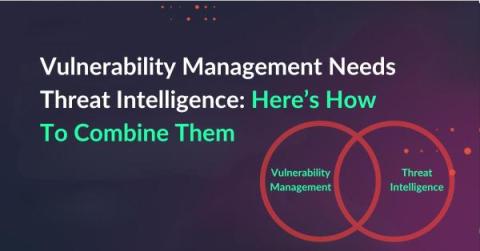The Genesis of "Exodus Logs Market"
A fresh entrant, “Exodus,” has recently emerged on the dark web scene, positioning itself to potentially become one of the key players in the info stealer logs marketplaces. Launched in January 2024, it quickly began to draw attention by mid-February on several dark web forums for its potential to become a significant player, alongside established names like Russian Market and 2easy Shop.











